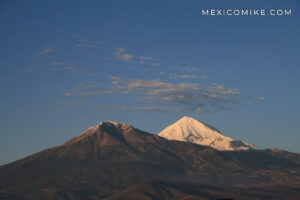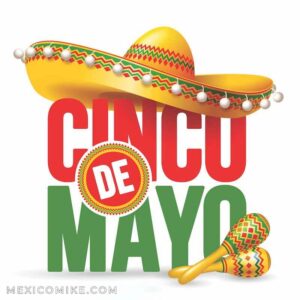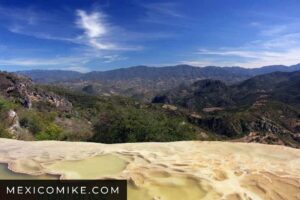In east-central Mexico, the state of Puebla shares border with the states of Veracruz, Hidalgo, Tlaxcala, Mexico, Morelos, Guerrero, and Oaxaca. Its capital of Puebla de Zaragoza is also its largest city. One of the country’s most industrial states, Puebla boasts special culinary dishes and famous festivals and events. Its major indigenous groups are the Nahaus, Otomi, Totonacas, Mixtecs, and Popolocas and each one adds its own cultural stamp to the collective culture of this state.
Important State Facts about Puebla

Puebla was the fourth state to enter the nation in 1823. Its population is 5,851,324. In 1531, the capital Puebla by the Spanish which led to the eventual development of the region. Puebla has historically been important to foster and safeguard trade between Mexico City and the port of Veracruz. While one of Mexico’s most populous states, it is also one of the country’s smaller states with an area of just 13,240 square miles.
Geography and Environment
Puebla is in Mexico’s central highlands between two mountain ranges—the Sierra Nevada and Sierra Madre Oriental. There are three major river systems that run through the state with many smaller tributaries and streams. The state boasts a plethora of lakes, freshwater springs, and even volcanically heated springs. In essence, the topography of Puebla, however, is almost completely mountainous. A volcano belt also crosses the state from east to west. The peaks and valleys of the landscape, naturally, feature extreme differences in climate; grasslands, semi-tropical rainforests, and alpine landscapes comprise the climate range of the state.
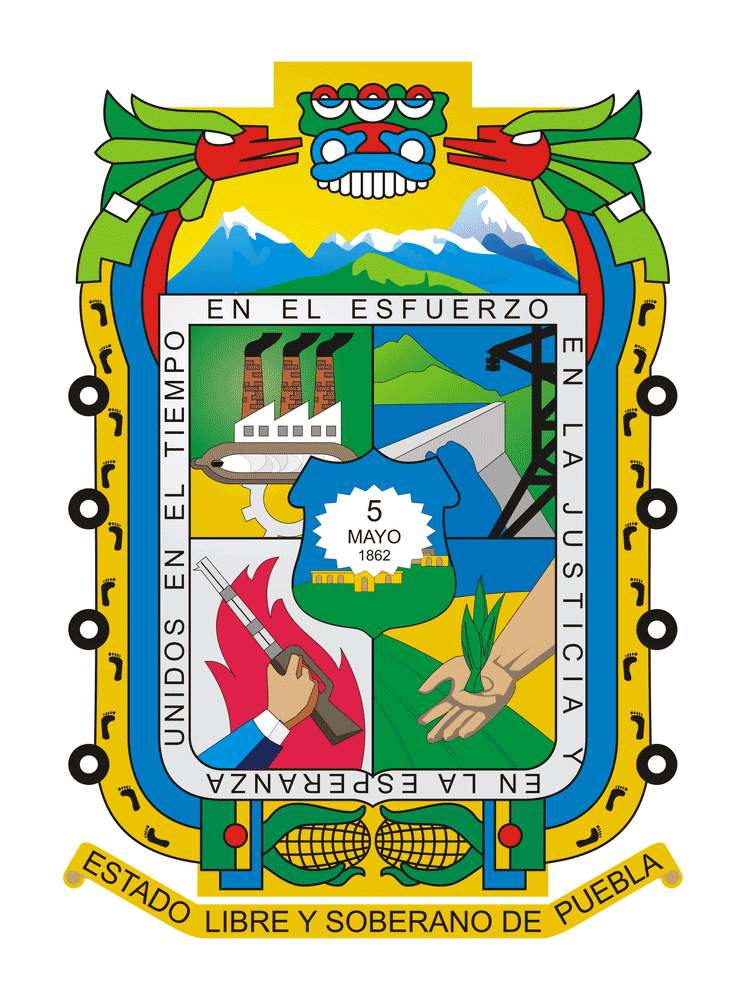
Archeologists have determined that the first humans settled in the territory of Mexico made their home in the Puebla region in the Valley of Tehuacan around the year 10,000 B.C. Additionally, this site also boasts the world’s oldest corn sample ever discovered. During the Mesoamerica period, the Puebla territory hosted many groups situated in various areas like the Mixtecs, Nahuas, Popolocas, and even Aztecs. In 1519, however, Cortes entered the region and conquest of the region and subsequent colonial era followed soon after. The capital city of Puebla was founded in 1531 and the modern state has its roots in the city’s construction. As the city grew and expanded, so too did the outlying regions where many indigenous and Spanish peoples chose to settle permanently.
During the modern era, Puebla experienced a tumultuous course of events. It supported Mexico City’s viceroy during the War for Independence and was later famously defended by Ignacio Zaragoza during the French Intervention; to honor him, the people of Puebla added his name to the city. In spite of its mountainous topography, Puebla was often significantly involved in each major era of Mexico’s history.
Cultural Attractions of Puebla
Puebla is famous throughout Mexico for its festivals and special celebrations—particularly its Cinco de Mayo festival which is internationally-known. Other important events include the Ritual of Quetzalcoatl, Carnival, and Day of the Dead celebration. While these celebrations draw many travelers to the state, Puebla is also famous for its handicraft items like the world-famous Talavera tiles. Talavera is done in accordance with sixteenth-century methods. In fact, in order to be certified “talavera” it must follow these guidelines and construct in nearby towns. While Talavera is the most expensive of the local handcrafts, other types of pottery, embroidery, textiles, and silverwork are also popularly south after among travelers to Puebla.
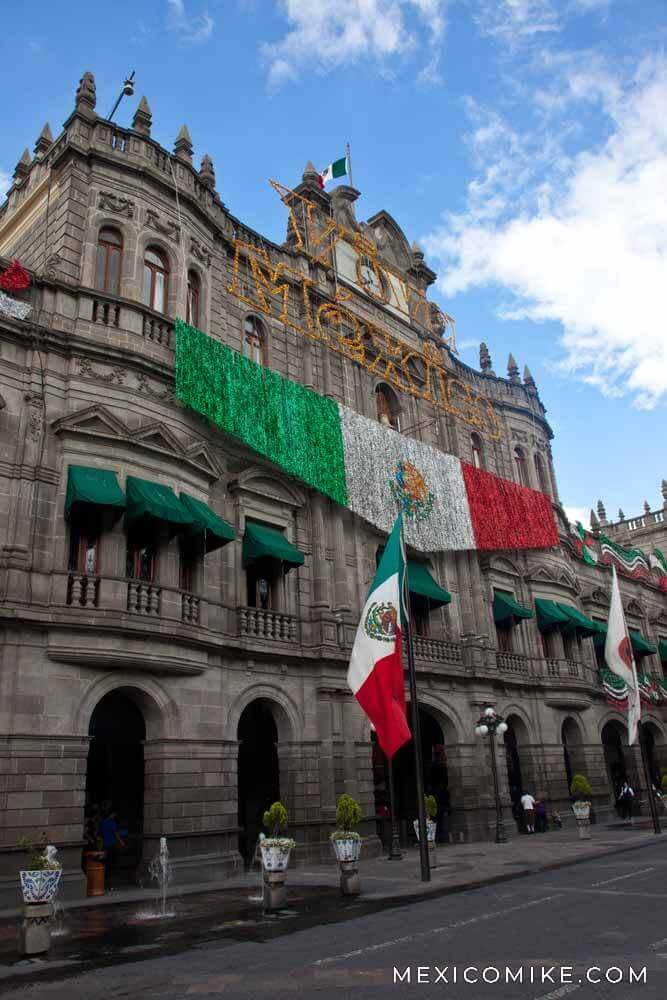
Tourism in Puebla
While the primary industries of the state are mining, agriculture, and automotive, tourism plays an important role in the state’s economy, too. The capital’s downtown is a UNESCO World Heritage Site and its colonial buildings and historic landmarks draw many travelers to the city. The state created twelve tourist routes to showcase its interesting natural features, historic sites, and cultural attractions; seven are in Puebla de Zaragoza itself. Vacationers who visit Puebla have a myriad of options to consider when it comes to accommodations and sites to visit. From archeological ruins to traditional markets, the state is has unique and unforgettable features.
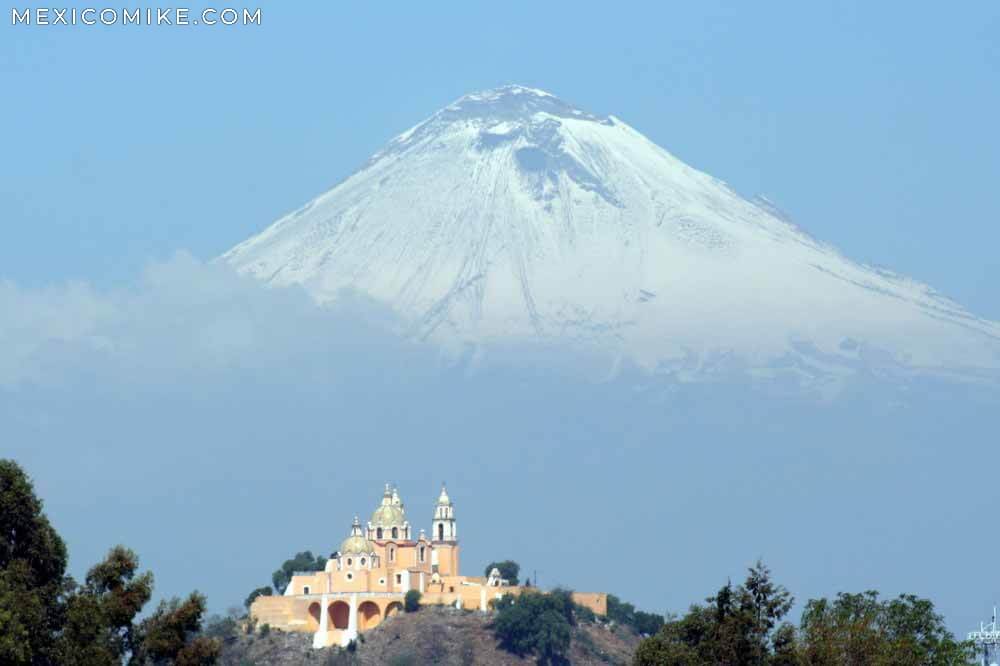
Puebla de Zaragoza
The capital is probably the state’s biggest draw when it comes to visiting tourists. The towers and domes of the cityscape are among the most enchanting one will find anywhere in Mexico. The historic center of town has an architecture that reflects Baroque, Classic, and Renaissance structures as well as many other styles. Often deemed the “cradle of Mexican Baroque,” the town’s architecture contains many famous buildings such as the Cathedral of Puebla, the Church of San Francisco, and the Municipal Palace. However, there are hundreds of architecturally important public buildings, churches, and mansions that add to the city’s historic charm.
Cuisine of Puebla
When in the capital and elsewhere in the state, it’s essential to try some famed Puebla dishes. In fact, mole poblano comes from Puebla and it’s served in many of the capital’s best restaurants. Other popular culinary dishes include cemitas, chalupas, and chiles en nogada. Barbacoa and spicy mole Verde are also eaten throughout Puebla. Many of these items are available by street vendors as well as high end restaurants and hotels.
More Sites to See and Things to Do in Puebla
Biblioteca Palafoxiana: This sixteenth-century library in the capital is part of the UNESCO Memory of the World collection. It has a vast array of manuscripts and books from 1473 to the beginning of the twenty-first century.
Cantona: This archaeological site is located between Tepehualco and Coyoaco and features many temples and structures that date between the 7th to the 11th centuries A.D.
El Pico de Orizaba: A volcano and the highest peak in Mexico, El Pico de Orizaba lures climbers from all over the world. It is also the third highest mountain in North American and is dormant—but not extinct.
Cuetzalan: This charming town features revered churches and beautiful natural scenery such as Atepolihui Falls.
Tehuacan: This town contains many sites of interest to tourists such as the Franciscan Temple and Convent, the Jardin Botanico de la Cactaceas, and naturally occurring mineral springs.
Casa del Dean: This historic house is the oldest noble residence in Puebla de Zaragoza.


